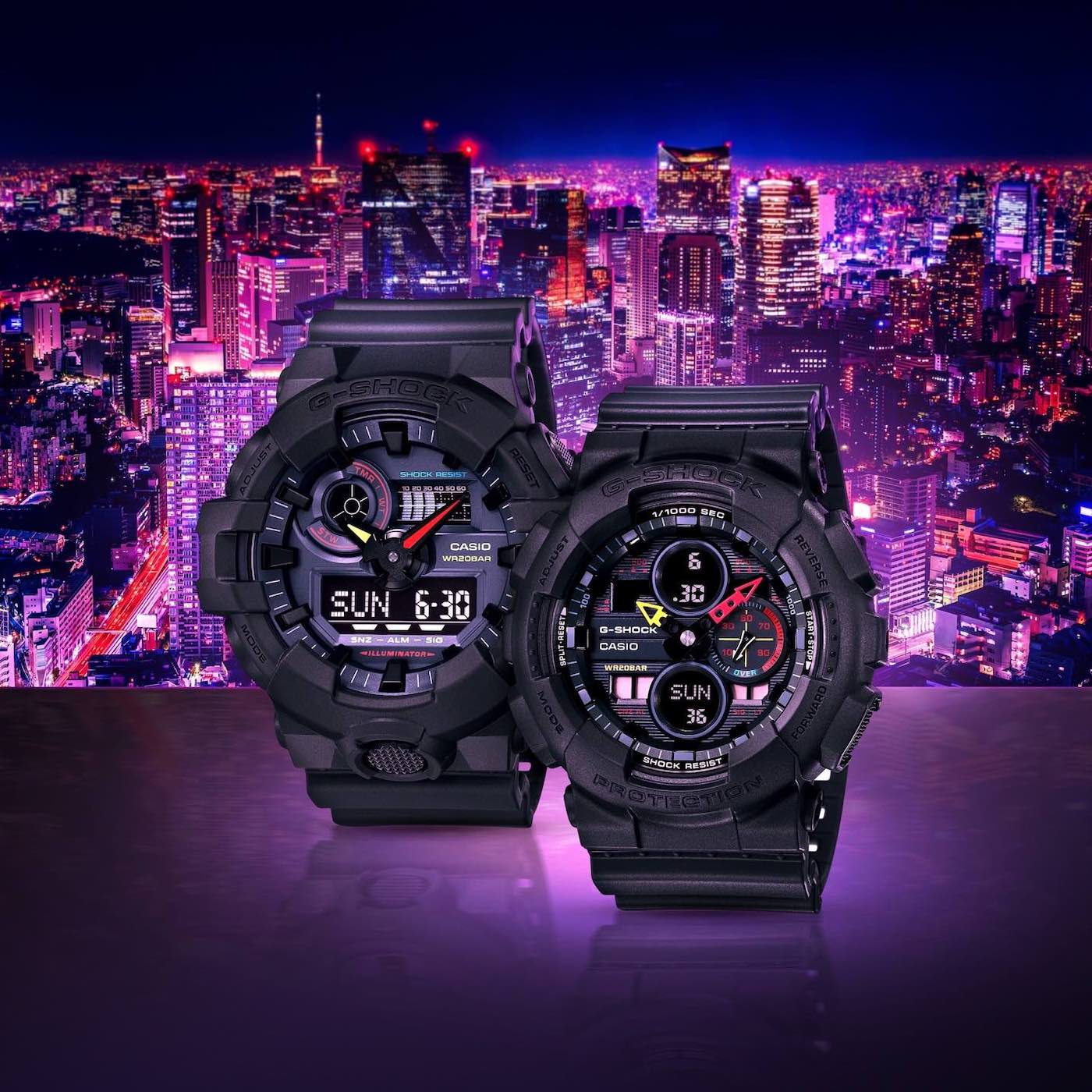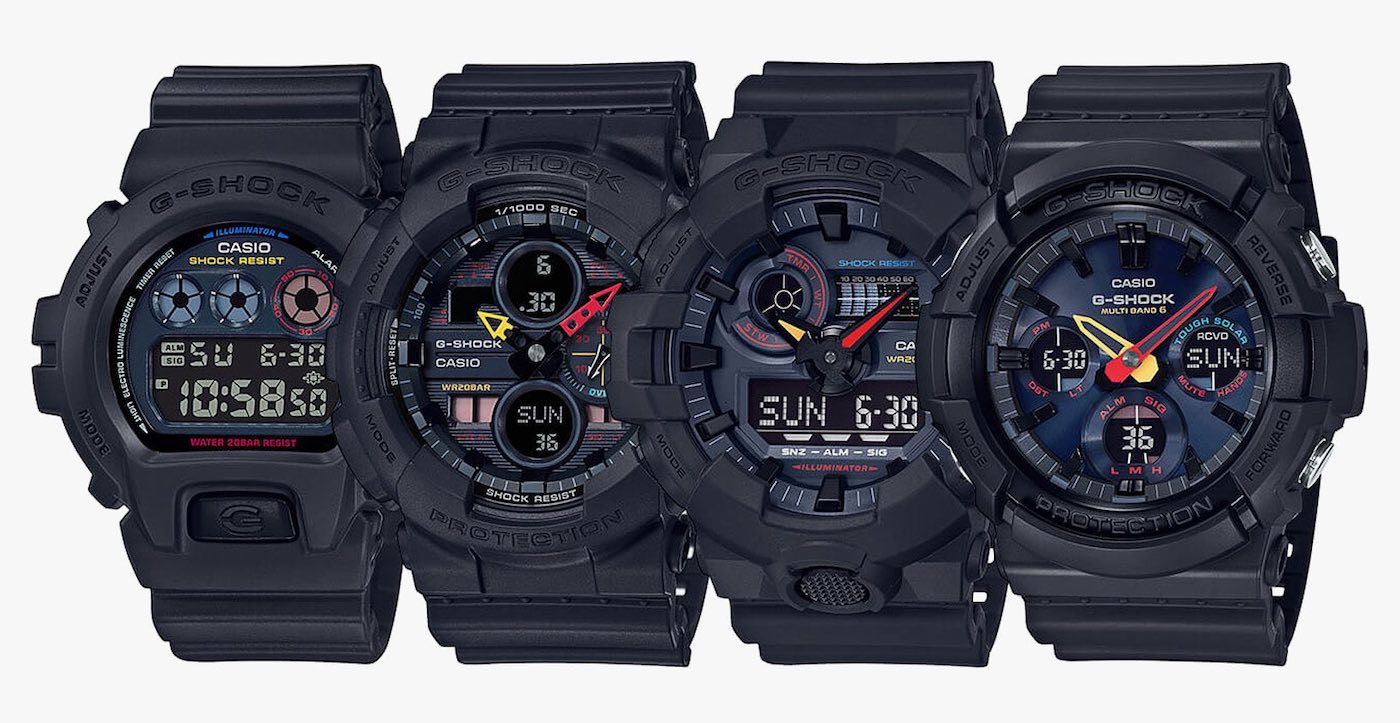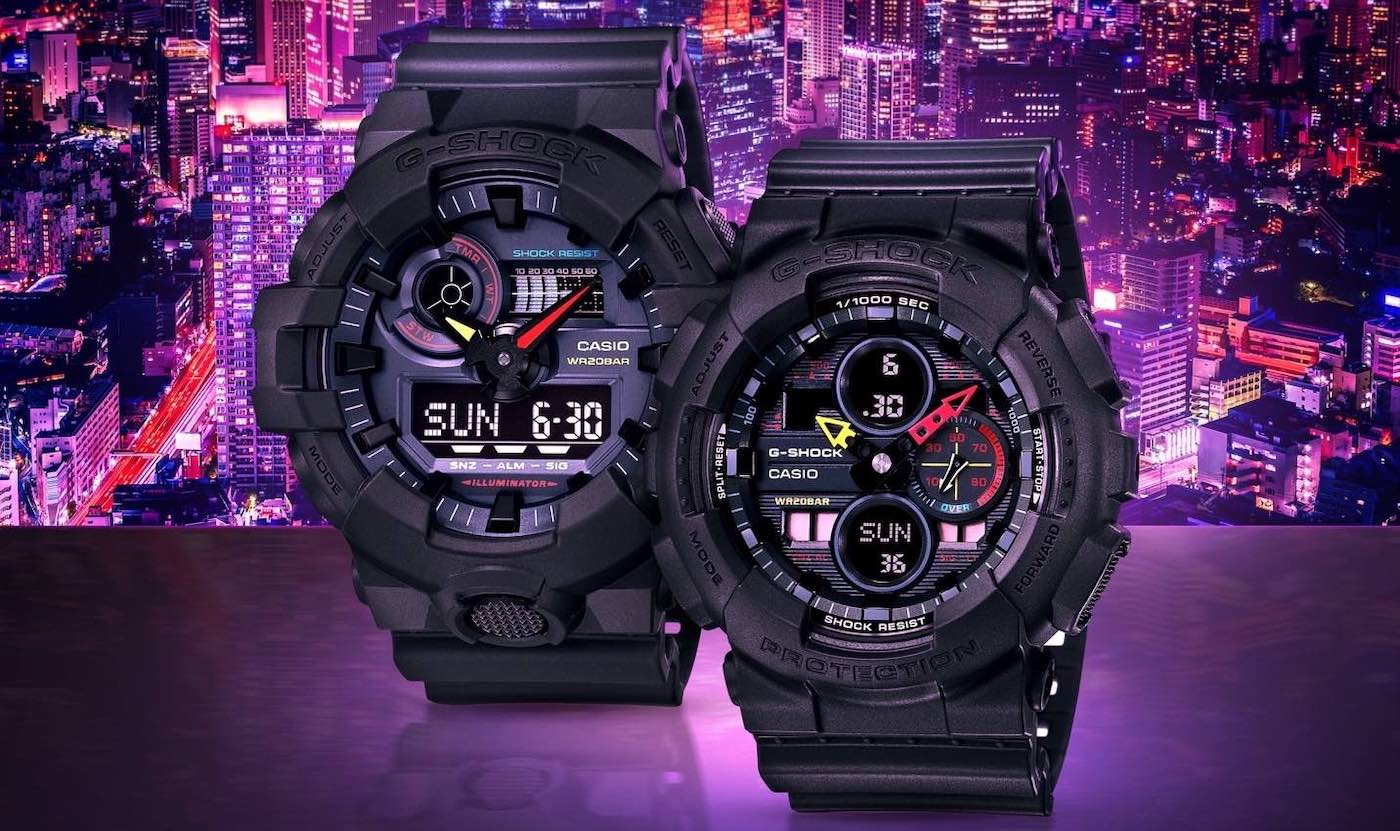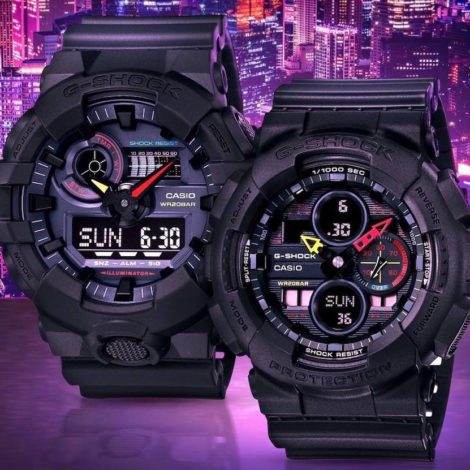
I’ll admit, I’ve become a bit of a zealous Casio convert in recent months. Releases such as the Casio G-Shock Neo-Tokyo series are exactly why. While the sheer volume of Casio’s output can make it hard for newcomers to get a handle on exactly what the brand will turn its hand to (the answer is pretty much anything that seems cool at the time), it does give collectors a huge wealth of options when it comes to choosing how to grow their hoard.
Exactly how to collect watches is not something that’s often discussed. A lot of consumers (and even more potential consumers) of luxury watches want to know which pieces qualify as investment pieces, but fewer people ask how to buy their tenth, twentieth, thirtieth watch and so on. Part of that is probably because people assume that once a watch collector has reached that number of timepieces in their possession, they kind of know what they’re doing. But mindlessly accruing wristwatches does not necessarily result in a cohesive or manageable collection. While a scattershot selection of what the industry has to offer may work for some, its potential limitlessness can be a bit stressful for others. It helps, especially when working on a budget, to have some focus. Casio’s wide offering not only has something in it for almost anyone (read art, sport, retro classic, etc.) but also has enough avenues to warrant a collection in itself.
I’ll level with you. My watch collection is not exclusively Casio, but it has a “Casio corner.” Right now I have seven pieces: Two Mudmasters, two F91-Ws, and three variations of the DW-5600. I enjoyed doubling up on case styles because it seemed to give the watches some kind of deliberateness in their display case. I’ve done the same thing many times: I own two Laventures, two Nezumi Voitures, two Swatch Corto Maltese special editions. These “buddy pieces” look comfortable next to one another, and the release of the Casio Neo Tokyo range has inspired me to add the first of what will definitely become another stylistic pairing.

The release sees four new models with all black bezels and flashes of red, yellow, and purple. The staged press shot in this article perfectly encapsulates the inspiration of these pieces — the city lights of Tokyo. These are pieces that, therefore, fit in several collection categories: Quartz/Ana-Digi/Color/Anime/Sports, and more. The series is made up of G-SHOCK’s most popular digital and analog-digital models, featuring updated styles from the DW6900, GA140, GA700, and GAS100 families (I listed them in order from left-right in the above image for ease of reference). Their specific references are DW6900BMC-1A, GA140BMC-1A, GA700BMC-1A, and GAS100BMC-1A, respectively.
Each model is equipped with G-Shock’s trademark shock resistance, 200 meters of water resistance, a stopwatch, countdown timer, and the option to switch between 12/24 hour time formats. The DW6900, GA140, and GA700 models retail for $99 each, and the GAS100 model (with Tough-solar self-charging) will retail for $150. All models will be available for purchase starting this September at select G-Shock retailers including Macy’s, G-Shock Soho Store, and the official online store. To learn more, check out gshock.com.



